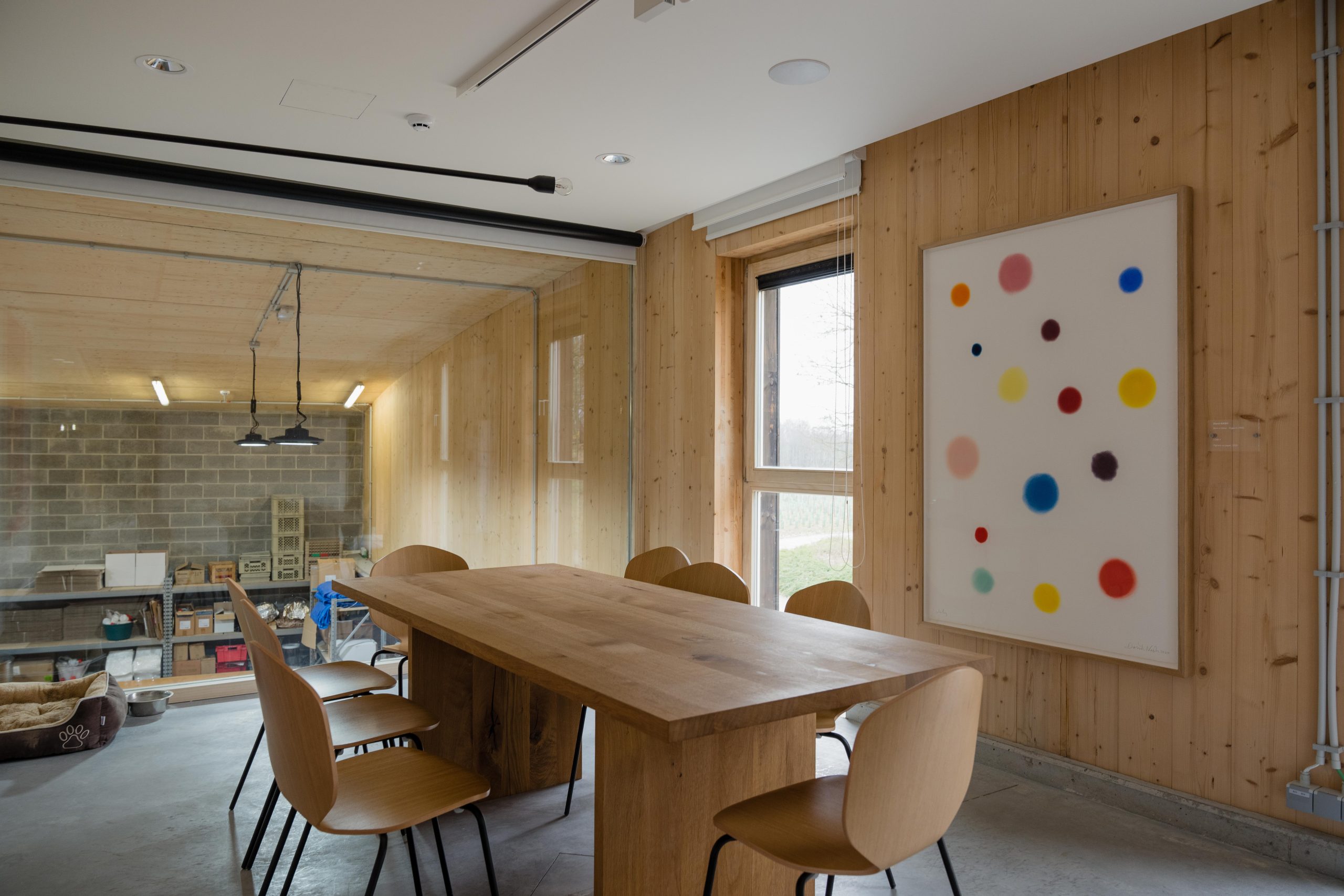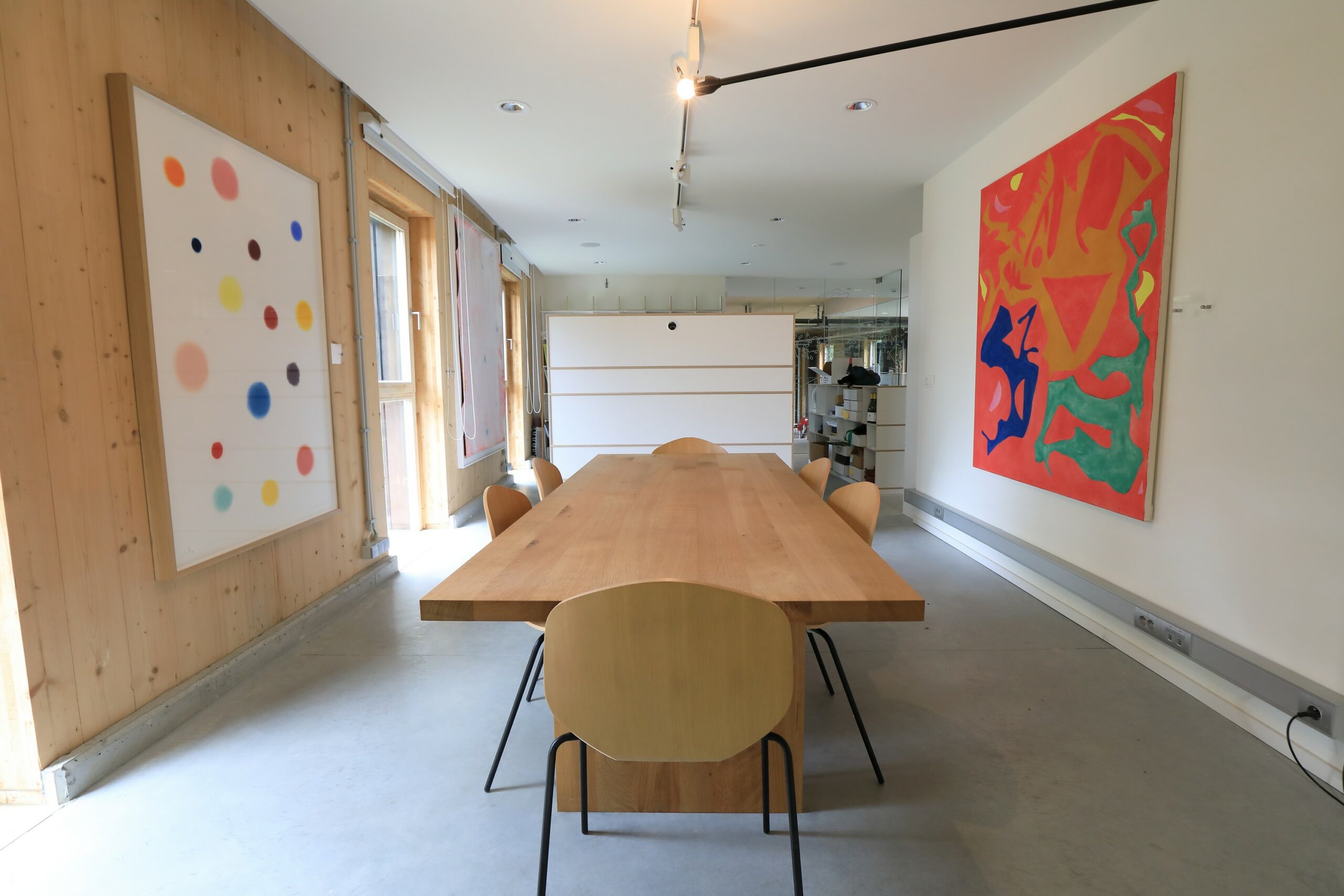David NASH
David Nash was born in 1945 in Esher. Surrey (GB).
He studied at Kingston College of Art (1963-1967) and at Chelsea School of Art (1969-1970).
In 1967 he moved to the hamlet of Ffestiniog in North Wales where he still lives and works.
Since 1999, he has been a member of the Royal Academy of Arts, London.
David Nash (born 1945) belongs to that family of English artists who use natural elements taken from sites to create works, installations, some in situ in the outdoor environment. The artist has a very sensitive relationship with trees, which he collects once they are dry or which he cultivates, as in the case of his living work, known as plant architecture, which he calls “Ash Dom”. His drawings, which are independent of his sculptures, bear witness to his attachment to trees and his observation of the variations in their silhouette during the changing of the seasons. His pigment works on paper sometimes tend towards abstraction.
“Working with trees”
By working with living trees, planting them, feeding them, and by working with dead trees, carving and sharpening forms, I learn how to better relate to the environment we share.
Trees have a life similar to ours; they communicate with each other and have a social life.
They strive to thrive by increasing exchanges: in the soil, with fungi, juices become minerals; in the air, carbon dioxide becomes oxygen. This subtle economy allows them to generate resilient bodies, to propagate themselves and at the same time to enrich their environment. They take just what they need and give back much more.
Alive, they stand well balanced, fulfilled, proud, carrying the essential forces of light, heat, water, earth and air in their bodies. In essence, they are fully alive in their environment.
Dead, they are left to the insects and fungi that live on them and in them. The activity of the latter returns the tree to the earth, reintegrating it in the form of humus.
At each stage, trees and wood express their place and move in this great cycle of back and forth, immersed in time in all its forms.
For my sculpture, I only use trees that have become naturally available at the end of their life. These trees become like a wood quarry for me. Often working where they have fallen, I work through their veins, lines and volumes to find forms that echo their personality, their history, giving them a voice.”
David Nash
In addition, after taking a long look at the flowers in his garden in England, he created drawings composed of coloured dots, which he named May and July. The work displayed in the winery is July.
Presentation of the work exhibited in the winery
Acquisition date: 2020
Exhibited in the offices
Pigment on paper, July 2020
153 x 103 cm




